Tonight, Expo Milano 2015 will go out with a bang. Sprawling across 11.8 million sq ft on the edge of Milan, the Disneyland-esque showcase of global food has attracted 18 million visitors since - mired in controversy - it opened in May.
Branded at once a “machine for burning public money” by critics and “a symbol of recovery and confidence” for the Italian economy by hopeful politicians, what exactly was Expo Milano 2015? Why did it prove so controversial? And what has it achieved?
Since the first World’s Fair in 1851 - at which upper classes perused rare diamonds, revolvers and the first public loos at London’s Crystal Palace - there have been 68 international expos. Food has been a recurring theme, with Heinz tomato ketchup road-tested in Chicago in 1893 and edible ice cream cones sold for the first time at St Louis in 1904.
And this year, hosts Italy placed it centre stage with 145 participating countries briefed to educate the public on food sustainability, security and technology at one of 54 lavishly designed ‘pavilions’.
No two interpretations of the theme were the same. A 50-tonne metal beehive lit by LEDs took centre stage at the UK site as visitors strolled through a meadow to read up on pollination before feasting on fish & chips with Pimm’s. President Obama greeted guests via video link at the US pavilion, at which a vast vertical farm housed exhibits on food security.

As to Italy’s pavilion - a site stretching 150,000 sq ft - stories of artisan food production, regional specialities and (predictably) pizza sat alongside a 121 ft ‘Tree of Life’ towering over the park.
But such extravagance doesn’t come cheap. Even before the event, protesters condemned the estimated £570m spent on running costs (over and above the £758m individual countries spent on exhibits) and the billions spent on Milanese infrastructure, against a backdrop of political austerity. To make matters worse, a senior Expo manager and six businessmen and politicians were arrested on corruption charges. And when doors finally opened, ticketless visitors arriving by train faced 90-minute queues in the rain.
Surge
So, six months later, is the picture any rosier? The controversy certainly hasn’t kept visitors away. About 18 million have queued at the ticket booths since May, with opening hours extended this summer to cope with an unexpected surge in demand. In August alone, three million tickets were sold.
Whether that’s boosted the ailing Italian economy is less clear. Ambitions had been high, with economists at Bocconi University predicting more than £49bn (€69bn) in increased national production and 61,000 new jobs during the Expo.
The Italian government is yet to release its post-event figures, but meeting those heady expectations looks unlikely. Members of Italy’s hospitality industry have already expressed disappointment at a lack of foreign visitors with half the tickets sold going to Italian day trippers. It’s only “been a success for the internal market,” says Bernabo Bocca, president of hotel association Federalberghi.
Others are more optimistic. Economist Professor Alberto Dell’Acqua, of Milan’s Bocconi business school, has said Expo could earn Italy an extra £14bn (€20bn) by 2020 from increased business and foreign investment. Farm minister Maurizio Martina adds: “We are facing a unique and extraordinary experience for the country, which Italy should be proud of.”

Serious
One of the Expo’s more grandiose aims was to bring together governments, businesses and individuals “to ensure food security, decrease food waste and combat hunger and obesity”. And serious discussions have been taking place.
US food security firm DuPont gathered public and private sector leaders at the event in May to exchange breakthroughs on food sustainability; in June the International Agricultural Forum led debates on tackling global hunger; and later that month the General Assembly of the World Farmers’ Organisation welcomed farmers from around the world to debate their role in a sustainable supply chain.
A six-page mission statement labelled the Charter of Milan, calling on individuals, governments and businesses to take responsibility for global food security, now has more than 500,000 signatures.
But it is the Expo as a platform for business networking that has perhaps yielded the most unexpected successes. Across the event, more than 1,750 private companies from 72 countries have registered with a business-matching service to pair up companies with potential international partners.
The Expo has facilitated more than half a billion pounds in “business wins” for the UK alone, says the Department for UK Trade & Investment. “We’ve used our presence at the Expo to underpin a global communications and events programme, which has been about pushing forward perceptions of the UK as a highly creative and innovative country,” says Hannah Corbett, commissioner general of the UK pavilion, who adds the results have “exceeded targets”. UK companies including Ella’s Kitchen, Diageo and Tesco have all made an appearance at the event.
Despite all the media’s doubts, Italy has pulled it off, Corbett believes. “The operation of the Expo has been very smooth indeed,” she adds. “It’s been excellently managed and that has surprised people.”
And with the job done in Milan, no doubt all eyes will now turn to Dubai, the host of Expo 2020.
It’s estimated that the 145 countries participating in the Expo (54 of which had their own pavilions) spent a total of £758m creating the extravagant exhibits on the outskirts of Milan. The UK’s pavilion alone cost £7m with financial support from seven different government departments.
Organisers had hoped 30% of total visitors to Expo would venture from abroad, but members of the Italian hospitality industry estimate the tally will be much lower, with hoteliers failing to see the surge in room bookings they’d predicted during the event’s six-month run.
Each country participating had its chance in the spotlight during designated National Days beginning with Turkmenistan in May, and ending with Equatorial Guinea on 29 October. Countries used the occasion to highlight their culinary traditions, cultural roots and plans for sustainability.

Coca-Cola (one of many global brand sponsors) used the Expo to mark its 100th anniversary with its own pavilion touting the brand’s sustainable credentials. It’s thought the 10,000 sq ft building will now be used as a covered basketball court for young people from the local area.
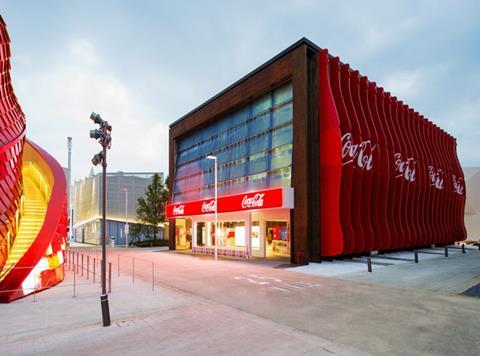
Visitors were able to choose between 150 different places to eat across the site, including McDonald’s. The presence of the fast food chain caused outcry among proponents of the ‘slow food’ movement - supporters of which had their own exhibit at the Expo.
EU waivers put in place made it possible for visitors to sample otherwise prohibited foods, including crocodile meat from Zimbabwe, puffer fish from Japan, Vietnamese snake wine and Sardinian suckling pig, confined to the island for many years due to the presence of swine fever.
Italian grocery chain Coop created its own take on the supermarket of the future at Expo, complete with robotic arms checking food displays, automated nutritional info displays activated by pointing at items, and data collected on shoppers as they browsed aisles.
The last expo in Shanghai in 2010 attracted 73 million visitors - nearly four times as many as Milan. With its theme ‘Better city, better life’ the event was reportedly the most expensive Expo in history (costing about $55bn) with 246 countries taking part, another record.
Even the Pope took a swipe at the event, accusing it of becoming a “paradox of abundance” that “obeys the culture of waste and does not contribute to a model of equitable and sustainable development”. That didn’t stop the Vatican investing £2.2m (€3m) on an Expo pavilion of its own though.
Following doubts as to how the vast site would be used in the future, it’s now thought it will be transformed into a research campus managed by the State University of Milan. It’s not yet clear whether the transformation will be paid for with taxes or private investment.



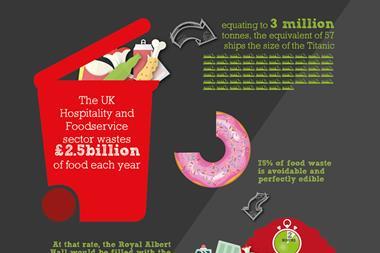
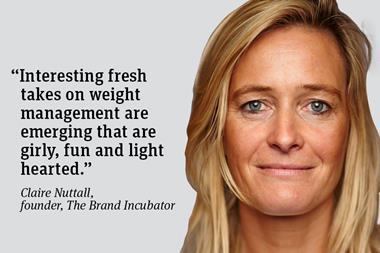


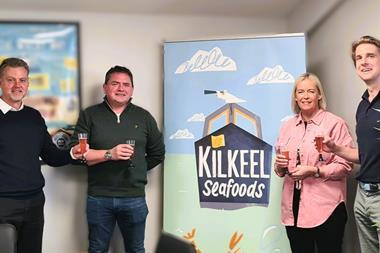
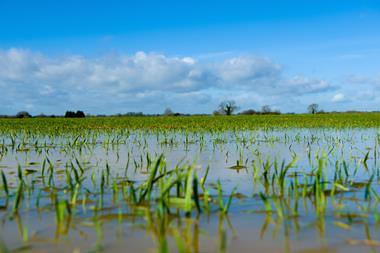



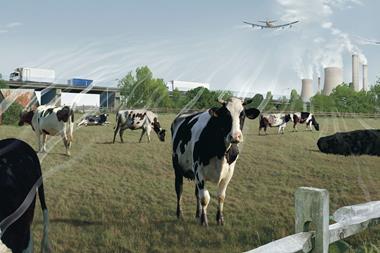


No comments yet